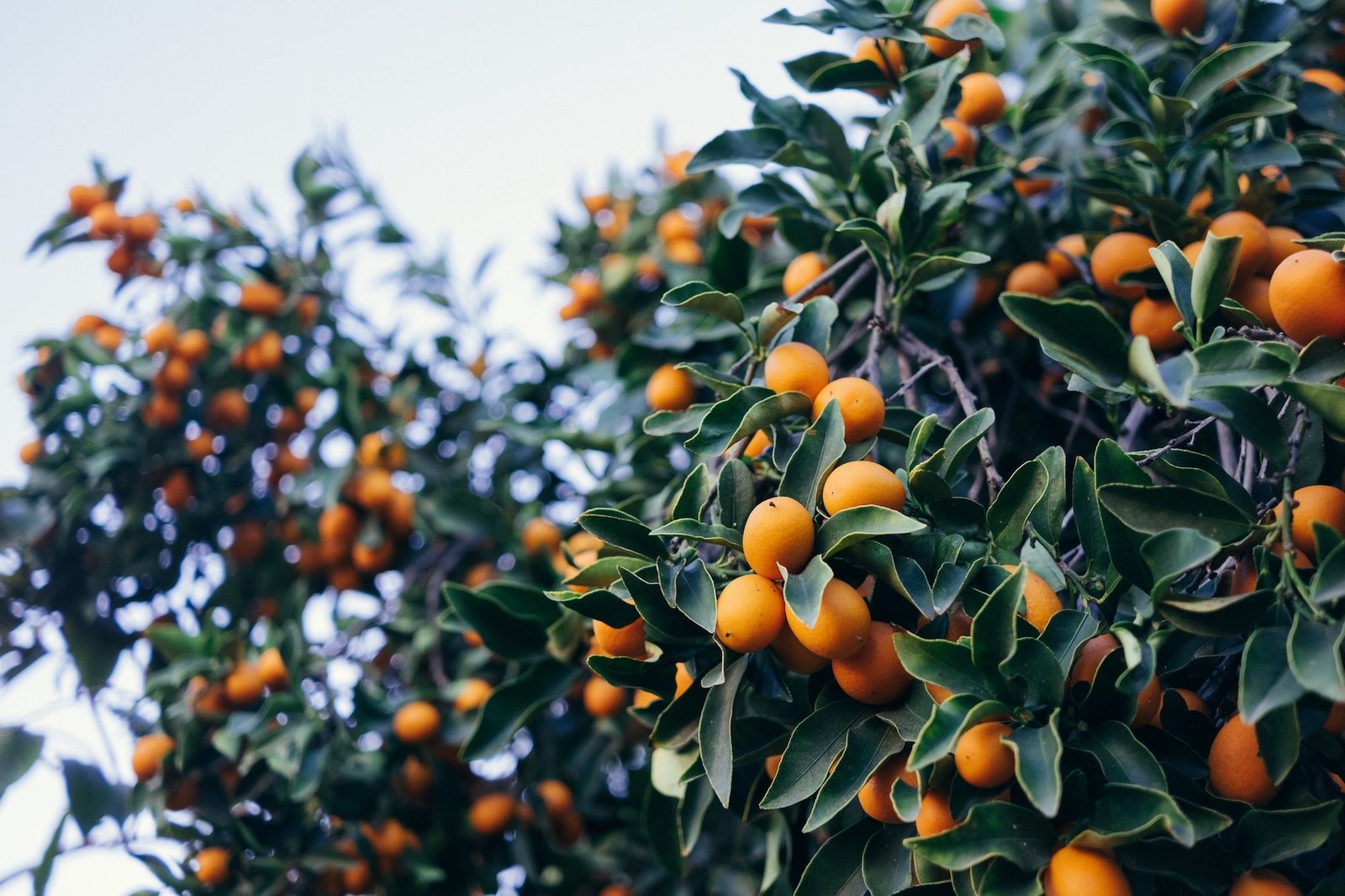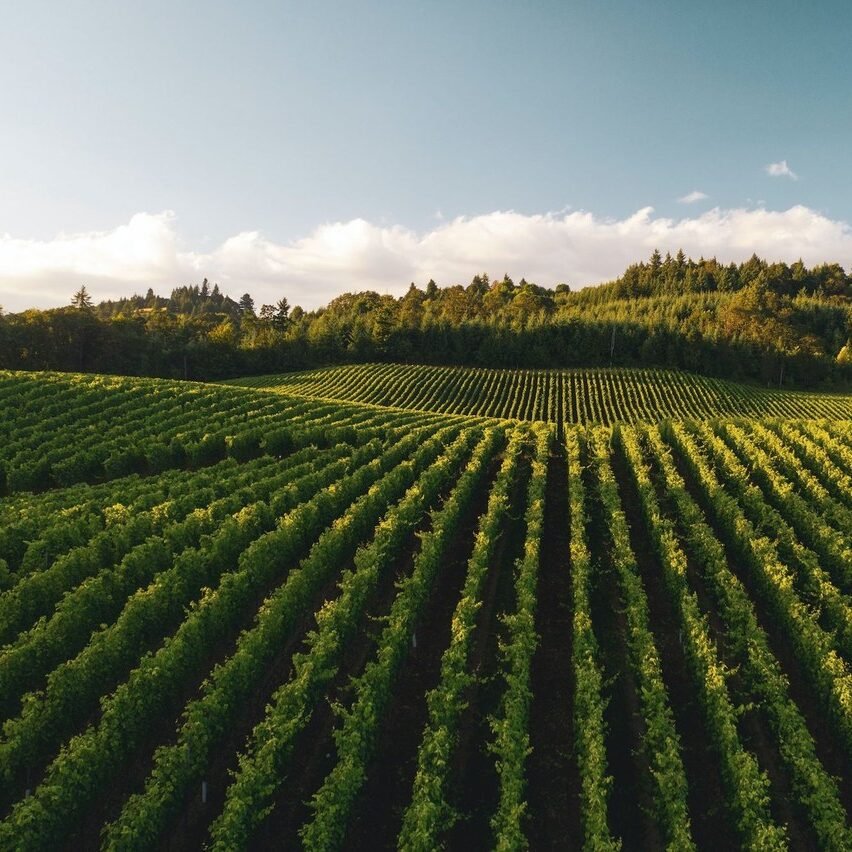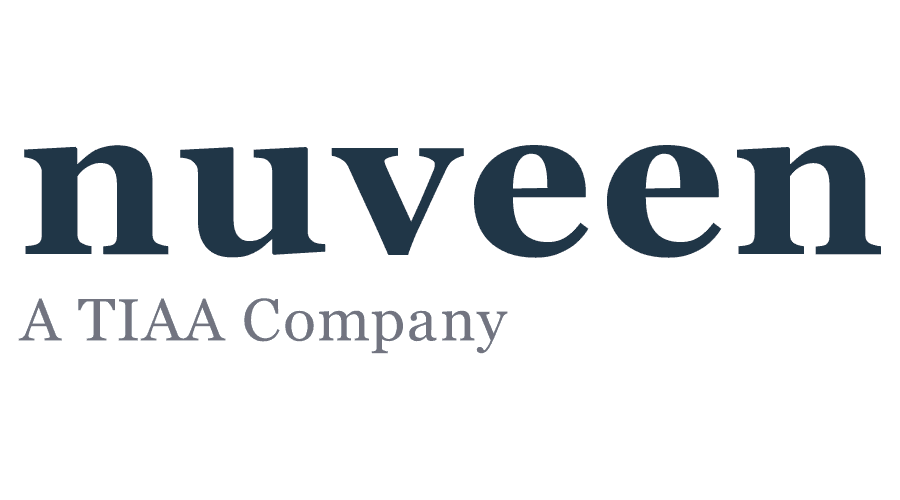Introduction To Buying Farmland
The goal of the typical buyer is to maximize returns for a given amount of risk. In this paper, we will highlight that alternative purchases are a critical component in achieving this objective. While alternative purchases cover a broad range of financial strategies, assets, and instruments, there is one that stands out: farmland.
Farmland has proven to be a unique asset class that has delivered superior returns with relatively less risk or volatility, and there are additional benefits that farmland adds to the overall diversification of most portfolios.
The Benefits of Including Alternative Investments in an Investment Portfolio
Broadly speaking, alternatives purchases (“alternatives”) are purchases in assets other than stocks, bonds or cash. Alternative purchases may also use strategies that go beyond traditional methods of buying, such as long/short equities or arbitrage strategies. Since alternatives tend to behave differently than typical stock and bond purchases, adding them to a portfolio may provide broader diversification, reduce risk, and enhance returns. Common types of alternative purchases include real assets, commodities, venture capital, hedge funds, and private equity.
Alternative purchases are often misunderstood. Some buyers still think of alternatives as high-risk, exotic funds reserved for ultra-high-net-worth individuals and institutions. The reality is that alternative purchases can become an integral part of nearly every portfolio. However, just as adding one stock or mutual fund does not lead to significant diversification, adding a single alternative purchase may similarly have limited impact. Investing in only one alternative strategy may provide some diversification benefits, but it can also concentrate risks. Therefore, even buyers with some exposure to alternatives to should evaluate opportunities to further diversify away risk, while improving portfolio returns.
Within the alternative purchase space, real assets have proven to improve traditional portfolios in multiple ways:
• Diversification:
With low or negative correlations to traditional stocks and bonds, as well as to each other, real assets provide diversification to a purchase portfolio. As private purchases, they tend to not move in lockstep with traditional assets or commodities, in part because they are relatively illiquid and are not exposed to speculative trading in public markets.
• Higher Risk-Adjusted Returns:
For over 25 years, real assets have provided similar or higher returns than stocks with much lower volatility, resulting in higher risk-adjusted returns. Similarly, real assets delivered higher risk-adjusted returns compared to bonds or publicly-traded REITs.

• Liability-Matching Characteristics:
Real assets have the potential to provide bond-like current income from contractual lease obligations and the sale of commodities, along with long-term capital appreciation from land improvements and rising land values to help meet future liabilities.
• Inflation Hedging:
Historically, real assets have provided a strong hedge against inflation. Both the cash yield and the land value of a real asset is linked to inflation measures, such as the Consumer Price Index (CPI). For example, when inflation rises, commodity prices also tend to increase, leading to a higher cash yield from the land. Also, rising commodity prices increase the profitability of timberland and farmland, causing land values to appreciate and therefore providing a long-term hedge against inflation.
Including real assets in a traditional portfolio can improve the risk-adjusted returns, as illustrated in the analysis below. The first chart shows the benefit of adding farmland, real estate or an allocation of both assets to a traditional portfolio. In all cases, the portfolios with a real asset component have higher average annual returns, less volatility and higher Sharpe ratios than a traditional portfolio of 60% stock and 40% bonds. The second table compares returns, standard deviation and Sharpe ratios of the four hypothetical portfolios
Types of Farmland Investing
Farmland buying can take on various forms. Types of farmland can be grouped into three general categories:
Row Cropland
Row cropland purchases produce annual crops such as corn, soybeans, cotton, wheat, and rice. In general, these have lower annual cash flow yields but less volatility. They typically have shorter harvest periods and involve lower upfront capital expenditure. The crop decisions are made annually providing additional flexibility for farmers to react to relatively current market conditions.

Permanent Cropland
Permanent cropland purchases include perennial crops such as fruit and nut crops, which have both pre-productive and mature periods. Pre-productive or “greenfield” purchases must mature before they reach economic profitability, and these purchases have a “J-curve” return profile. Some permanent crops, like almonds, peak in productivity and then decline, so orchard age is an important factor in estimating productivity and value. These crops have longer purchase horizons and offer opportunities for higher profitability and higher yields but also carry a higher risk.

Livestock
Livestock purchases include land leased to local operators for grazing or direct livestock ownership and operation. In extreme cases, poor herd management can lead to a temporary reduction in land value due to animal damage.

contact information
1178 Broadway, 3rd Floor, New York, NY 10001
+1 (888) 300-3685



